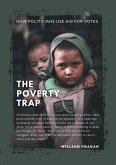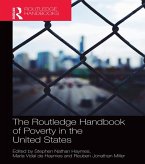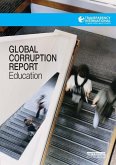This book dives into the seismic shifts of 2025. The World Bank raised the extreme poverty line from $2.15 to $3.00. That jump added 125 million people to the count overnight. Sub-Saharan Africa now holds 45.5% poverty rate. South Asia dropped to 7.3%. New UN data shows 1.1 billion in multidimensional poverty. Kids make up half. Middle-income countries host two-thirds of them. IMF predicts just 3% global growth. Food inflation outpaces everything. Famine hits Sudan. Gaza teeters on the edge. WFP faces 45% funding cuts. Climate hazards overlap with poverty for 887 million people. New models emerge: Prosperity Floor, Doha Declaration, Humanitarian Inflection Point. Crop yields face 30% drops in poor nations. Social protection covers 52.4% worldwide. Gaps remain huge. Data flaws persist. India estimates spark debate.
No other book ties all 2025 flagship reports together like this. Others focus on one metric or crisis. This one connects monetary lines, MPI deprivations, inflation-nutrition links, climate overlays, policy failures, and new theories. It exposes paradoxes: incomes rise yet poverty counts soar. It critiques nowcasting limits and survey gaps. It highlights practical lessons from Ethiopia's R4 program and Pakistan's Nashonuma success. It offers a unified polycrisis view missing elsewhere. Scholars get fresh datasets. Policymakers find actionable frameworks. Readers see why 2030 goals slip away-and how to fight back.
© 2025 Azhar ul Haque Sario. This independently produced work has no affiliation with the World Bank, UN, IMF, WFP, UNDP, OPHI, or any cited organization. All references are used under nominative fair use for criticism, commentary, and scholarship.
Dieser Download kann aus rechtlichen Gründen nur mit Rechnungsadresse in A, B, BG, CY, CZ, D, DK, EW, E, FIN, F, GR, H, IRL, I, LT, L, LR, M, NL, PL, P, R, S, SLO, SK ausgeliefert werden.









